There are various ways in multi-channel switching. For example, here one can find my review on Terrameter LS switcher features.
Sequence optimization
|
In order to allow the device to measure in multi-channel mode one should use reciprocal Schlumberger array, i.e. switch current and potential electrodes (A,B <-> M,N). Here, each measuring channel has to be linked with others. After the optimization we have the following sequence:
|
Number of measurements has increased almost two times, and some non-symmetric extra data obtained. Nevertheless, the total measurement time has been reduced three times by using five channels of Syscal Pro unit.
There are two ways in inversion such field data. The simplest one is to invert both Schlumberger and linking data. Sometimes linking data is unstable due to the low potential values and the high geometric factor. So I recommend to delete linking measurements from the dataset before the inversion routine.Sequence optimization using Electre Pro software
Complete set of Syscal Pro equipment includes Electre Pro software (replaced Electre II in 2012). The software provides a multi-channel optimization. One feature of the program is that all linking measurements ( gapfiller quadripoles) are labeled in the sequence. So it is simple to automatically delete them in the Prosys II downloader ( Menu - Processing - Reject gapfiller). The sequence file have to be sorted before multi-channel optimization. x2ipi allows to sort the quadripole: Menu-Save-Sorting-Syscal-Pro.Sequence optimization using OptiPro software
Old Electre II (before 2012) did not provide any sequence optimization. Specially for that the other software, OptiPro, was used. One advantage of the program was that sequence sorting might be disabled (it is not possible in Electre Pro). The order of measurements often affect on data quality .
Dahlin T., 2000. Short note on electrode charge-up effects three times. in DC resistivity data acquisition using multi-electrode arrays. Geophysical Prospecting, 48, 181-187.
It means that we have to avoid measurements on electrodes, which are used recently as current electrodes. It leads to special demands to sorting order.
The problem was that the linking measurements was not labeled in the program, so it was hard to delete them. Using x2ipi, it is very simple to delete non-labeled linking measurements. When data file is opened in "Data from Syscal-Pro (Prosys)" format user just needs to specify a file with initial (non-optimized) sequence. All linking measurements will be deleted automatically.
Remote electrode input
Syscal Pro has 2 inputs for a remote electrodes (A or/and B). Which one is used is determined by the measurement sequence. Electrode A is always used if OptiPro is used for the optimization. Electre Pro doesn't have such a limitation.
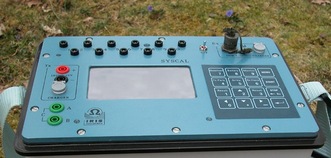
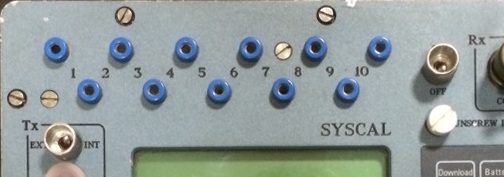
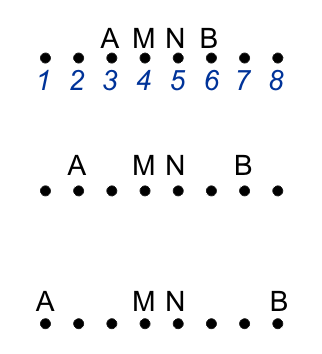
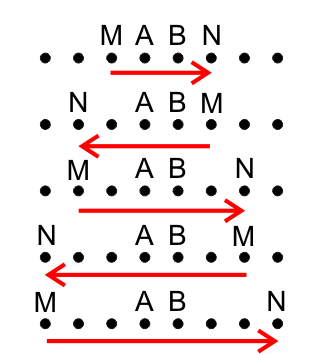
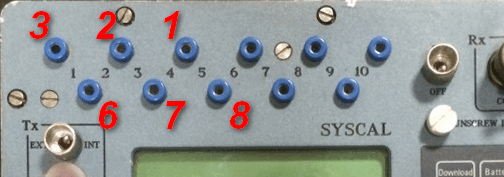

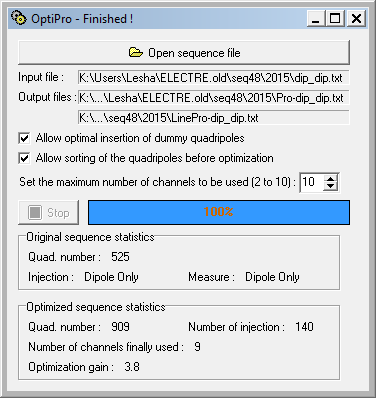
Write first comment